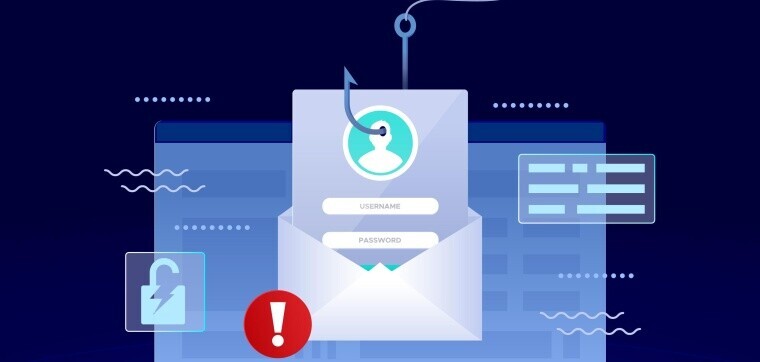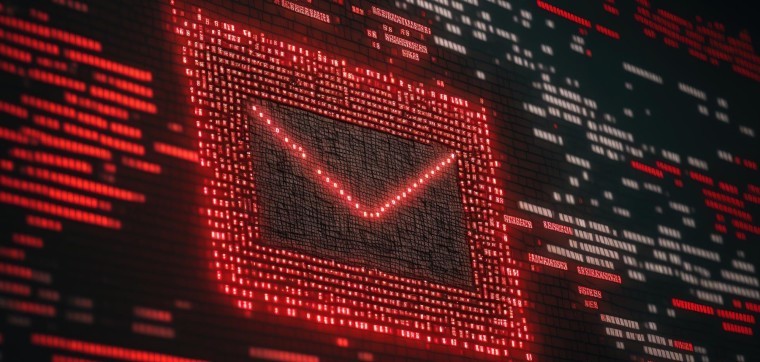Today, 91% of hacks begin with phishing or spear-phishing emails, which exploit human emotions and impulsiveness to gather user identities or to open a corrupted attachments at which point a whole organization becomes vulnerable.
The risks are clear, so companies must be prepared and protected. The best approach to take against phishing is to implement a phishing awareness program. Creating a safe, educational environment for recipients allows them to practice phishing email identification with no real-life consequences.
With phishing awareness program your organization can:
- Measure risk by identifying vulnerability to phishing attacks
- Reduce risk by reinforcing learning objectives designed to mitigate risky security practices
- Measure detection by providing data on the ability to detect and report phishing attacks
- Increase detection by increasing employee awareness of why it is important to report such attacks
The five steps of phishing awareness program
- Step 1: Phishing simulation test with a customized template for the company
As a part of a social engineering test, our experts analyze the users within the company based on internal information. Then, they create a fake page and email while coordinating with the responsible person.
- Step 2: Simulation results report
After running the simulation within the organization, a detailed report is prepared to understand user behavior and activity.
- Step 3: Cybersecurity awareness trainings
Our experts create a guide and an extensive demonstration on how the users could have identified that the email was fake and what steps they can take after clicking a malicious attachment.
- Step 4: Second phishing simulation test with updated template for the company
It is recommended to run a second simulation after the training to assess progress.
- Step 5: Report with simulation results
The second report can help to strengthen safe work principals and deepen user knowledge.
If you are interested in the simulation schedule a consultation with our experts. Education and awareness play a crucial role in cybersecurity and it’s especially true for phishing attacks. With informative and useful training, your colleagues can identify suspicious emails, check the real sender, or even check the landing page of the link without clicking. As a result of the practical analyses, they can understand the most important actions to take so your organization will be better protected against attacks.









